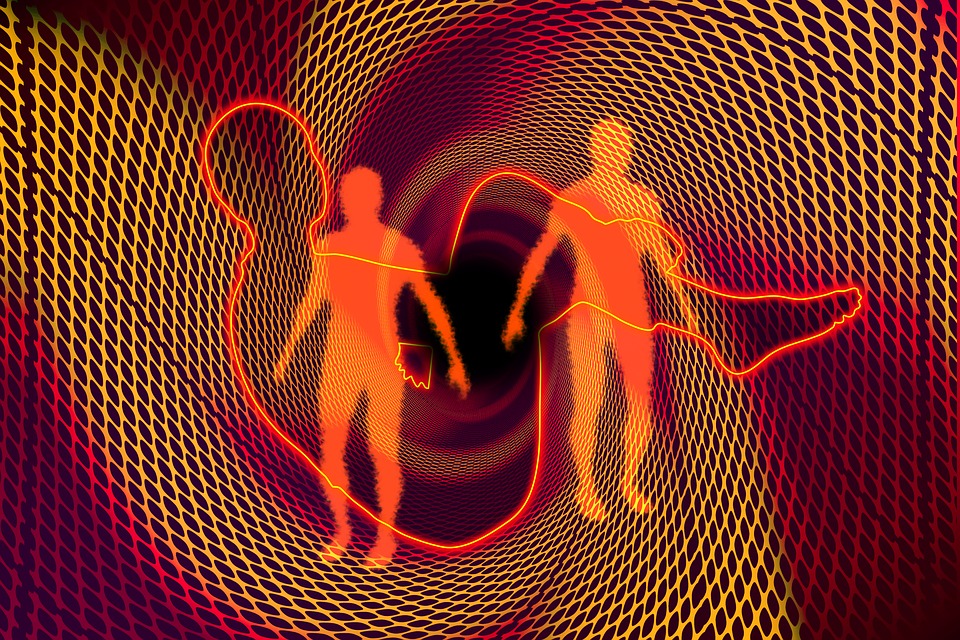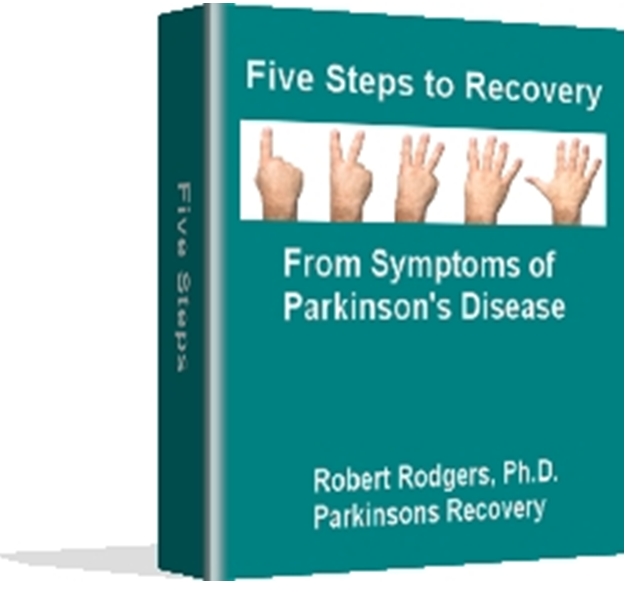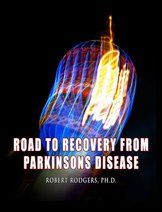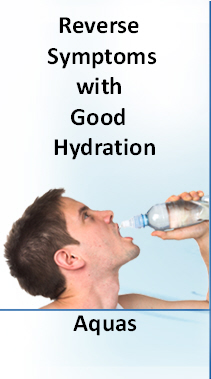I have your book and have spent some time on your website, but so far I have not seen any reference to possible relief provided through chiropractic therapy. Does Chiropractic Therapy Offer Relief from Parkinsons
I recently met an upper cervical chiropractic specialist who claims to have helped many people with Parkinsons reduce or eliminate their requirement for medication. Of course, he wants me to sign up for a year of treatment which is quite costly and no guarantee of results. I had to stop working a year and a half ago, so the cost is really only affordable if it would enable me to go back to work.
I have requested a list of references from people he has helped, but while I am waiting I thought I would ask you if you have heard of this. I would greatly appreciate any information or insights you can offer.
Thanks,
Bob
First, you can review a rich discussion on this blog about chiropractic treatments as they address symptoms of Parkinsons Disease. Click on the category to the right entitled Chiropractic Treatments.
Second, I have not found chiropractic treatments to be high on the list for people with symptoms of Parkinsons. Some people report that the adjustments are too invasive, creating problems rather than solving them. Of course, the treatments depend greatly on the chiropractor. There are many approaches that are used.
Third, I want to offer a reaction to the requirement you would have to sign up for a year of treatments. Why a year? Why not six months or one month or one week? I do not understand how anyone would understand your body well enough to know that it would take a year for results to be seen.
Fourth, I note that the promise is to reduce medications. What about symptoms? The idea of pursuing options is to see sustained relief from symptoms. It seems to me you are not getting much return for your money if the only benefit is a reduction in medications without any resultant impact on symptoms.
Fifth, if cost is an issue – I suggest you investigate many of the free treatment options that are readily available and are helping people recover. It is surprising how many free things you can do that will make a huge difference (e.g.: exercise, eat live food, etc.)
Sixth, it may come as a surprise, but I have found most options result in some benefit. Isn’t that interesting? The reality is, however, that some options will be far more beneficial than others. You just have to discover which ones will help you the most. Have you really considered some of the other options? There are so many that are helping people.
Seventh, notice that I used the word options which is plural. From my research, it is rare for a person to have a sustained reversal of symptoms without using multiple approaches. More than one approach/therapy/treatment is usually necessary. In your question, you are relying on only one treatment to do the trick so to speak. I do not care what the treatment is, it is likely that using only one will disappoint.
I have heard positive reports about a spine stretch that is treated with special equipment by a chiropractor. You might ask your chiropractor about whether he would recommend this therapy for you.
Finally, you ask me Does Chiropractic therapy offer relief from Parkinsons? Your chirprator is confident which is one piece of the puzzle. I have offered my two cents worth which does not offer a yes or a no.
Why not ask your own body? It will give you the answer you need. Muscle test it! I honestly do not know if this would be a good option for you or not but your body does know the answer.
Robert Rodgers, Ph.D.
Founder 2004
Parkinsons Recovery
Road to Recovery from Parkinsons Disease





